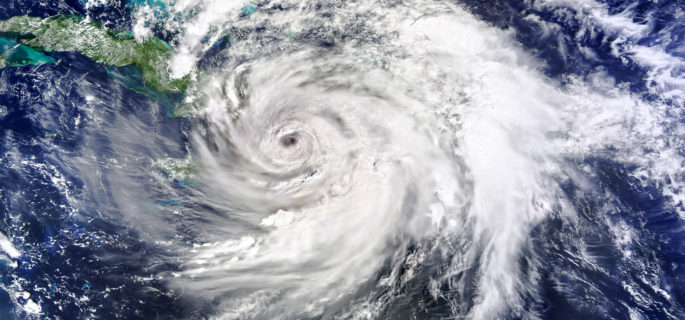NVIDIA’s New AI Model Revolutionizes Extreme Weather Forecasting with Unprecedented Accuracy

Extreme weather events are becoming increasingly severe and frequent. From record-breaking heat waves to widespread flooding during hurricanes, the impact of such events on communities and economies is profound. The extreme weather phenomena cause $150 billion in damage annually in the U.S. alone.
Hurricane Beryl recently swept through the U.S., causing an estimated $2.5 to $4.5 billion in insured damages and triggering prolonged power outages across Texas. These figures only scratch the surface, as the total economic impact is likely much higher.
Without precise forecasting, communities face increased risks of loss of life and extensive property damage. It has become more important than ever to improve and accelerate climate prediction using the latest technologies.
NVIDIA, the powerhouse driving the future of graphics and AI technology, has unveiled a new AI model called StormCast that could help predict weather events more accurately. It can play a crucial role in disaster planning and mitigation.
 Developed in collaboration with Lawrence Berkeley National Laboratory and the University of Washington, StormCast is an advanced iteration of an earlier atmospheric forecasting model called CorrDiff.
Developed in collaboration with Lawrence Berkeley National Laboratory and the University of Washington, StormCast is an advanced iteration of an earlier atmospheric forecasting model called CorrDiff.
Designed to work as a zoom-in tool, CorrDiff allows researchers to input a dataset of weather events at a resolution of 25 kilometers. CorrDiff then enhances this data, increasing the resolution to more detailed 3 kilometers, allowing for precise analysis of smaller-scale atmospheric features.
With the more advanced StormCast model, NVIDIA has added autoregressive capabilities that enable AI to study past weather events to predict future developments. The model’s training dataset included two and a half years' worth of climate data from the central U.S.
Using StormCast researchers can predict mesoscale weather events, such as flash floods and long-lasting storms capable of inflicting extensive damage. Traditional methods for weather predictions, such as convection-allowing models (CAMs), often require thousands of atmosphere parameters to generate predictions.
The autoregression capabilities allow StormCast to deliver hourly weather predictions up to six hours into the future. NVIDIA claims the StormCast is 10% more accurate than the U.S. National Oceanic and Atmospheric Administration (NOAA)’s state-of-the-art 3-kilometer operational CAM. NVIDIA also claims that StormCast is the first AI model that can predict moisture concentration and atmospheric buoyancy variables.
At its core, StormCast relies on NVIDIA’s accelerated computing hardware to significantly boost both efficiency and speed in calculations. The AI-chip giant has also included the Earth-2 software suite with StormCast to provide meteorologists with weather forecasting algorithms and various tools for managing atmospheric data.
NVIDIA is collaborating with The Weather Company and Colorado State University to test the new model and may expand its availability.
“Given both the outsized impacts of organized thunderstorms and winter precipitation, and the major challenges in forecasting them with confidence, the production of computationally tractable storm-scale ensemble weather forecasts represents one of the grand challenges of numerical weather prediction,” said Tom Hamill, head of innovation at The Weather Company.
 “StormCast is a notable model that addresses these challenges, and The Weather Company is excited to collaborate with NVIDIA on developing, evaluating, and potentially using these deep learning forecast models.”
“StormCast is a notable model that addresses these challenges, and The Weather Company is excited to collaborate with NVIDIA on developing, evaluating, and potentially using these deep learning forecast models.”
Several other companies are exploring ways to augment weather forecast models. Google is working on a neural network model, called GraphCast, that can predict atmosphere events faster than traditional models. It claims GraphCast can deliver accurate predictions up to 10 days in advance.
Microsoft has also introduced Aurora Atmosphere, a powerful weather prediction platform that uses.3 billion parameters and is trained on extensive datasets, providing highly accurate and detailed weather forecasts.
While newer AI models offer significant computational advantages over traditional methods, researchers, including the NVIDIA team, caution against completely discarding older forecasting techniques. Instead, AI should be used to enhance and complement traditional approaches.
Related Items
IBM’s New GPU-Driven Global Weather Forecasting System
Cloud-Based Weather Network Launched
Cloud for Clouds: ClimaCell Leverages Cloud HPC to Deliver Weather Micro-Forecasting











